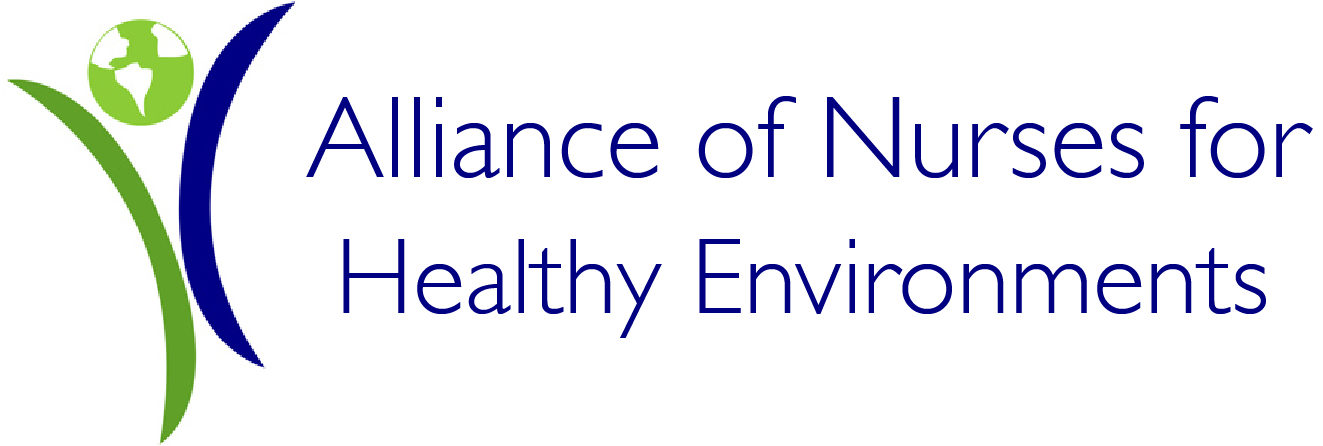Building design and land use can influence climate change “by increasing atmospheric levels of carbon dioxide, shaping the infrastructures for both transportation and buildings, and affecting access to green spaces”[i]. The places where people live can have significant impacts on health and nurses can work with community members to ensure healthy and climate-friendly environments.
What can Nurses Do?
Here are some simple, but meaningful actions nurses can take within their communities to help create a healthier climate and environments for residents, families, and children.
- Support the local food movement: Start a community garden, join a CSA, or sho
 p at farmers’ markets rather than buying food that has been transported long distances
p at farmers’ markets rather than buying food that has been transported long distances - Recycle and pick up trash or litter
- Bike, walk, carpooling or use public transportation
- Get involved in community events, such as neighborhood cleanups, or organizations that are working to promote environmentally sustainable communities in your area.
- Support access to renewable energy: For example, community solar projects, which are solar power plants whose electricity is shared by more than one household. These projects ensure that renewable energy is affordable for all.
- Promote preservation of green space to provide healthy environments for humans, wildlife, and plants. Public green spaces have a natural cooling effect, and help to improve overall health by promoting physical activity and mental well-being.
- Avoid planting flowers treated with Neonicotinoids as they are a known threat to pollinators and exacerbate a decline in bee populations resulting from harsher climates.
- Discuss with residents at community events, school board meetings, or local churches about the connection between climate and health.
Nurses Leading the Way
Adelita Cantu, Ph.D., RN, an associate professor at UT Health San Antonio School of Nursing, is leading a program to empower youth to become advocates for healthy communities. The program titled the Youth Leadership Air Quality Academy educates youth on causes of poor air quality, its effects on health, and how air quality can be improved–such as in reducing dependency on fossil fuels. Check out her Climate Champion success story.
Additional Resources
APHA infographics: How Climate Change Affects your Health
Climate and Health Posters: A series of posters for use to educate the public on the health impacts of climate change and how they can reduce risk.
The Transition Streets Program: A great neighborhood-based program for building community and resilience.
National Park Service’s Healthy Parks, Healthy People interactive eGuide
The Lazy Person’s Guide to Saving the World offers suggestions of action outsi
de the home that can promote a healthy climate.
A variety of resources to help build eco-friendly and resilient neighborhoods.
The NOAA Office of Coastal Management’s sea level rise viewer is a mapping tool that visualizes community-level impacts from coastal flooding or sea level rise and provides photo simulations of how future flooding could threaten coastal communities.
References
[i]Younger, M., Morrow-Almeida, H.R., Vindigni, S.M., & Danneberg, A.L. (2008). The built environment, climate change, and health. American Journal of Preventative Medicine, 35(5), 517-526.

